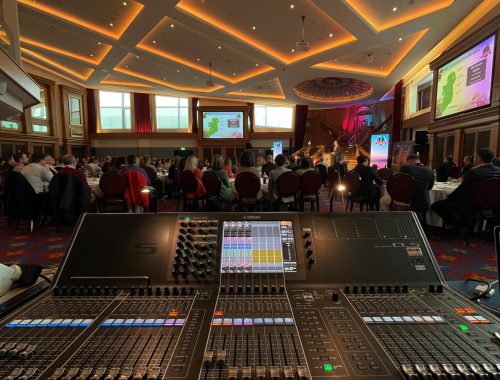Finding the Work in Work Experience
What to do with Myself
When it comes to thinking about challenges throughout my time working at the production company Triplevision, there are lots of small things that come to mind; remembering everyone’s tea and coffee orders, getting to grips with handling new camera equipment, and on one occasion having to walk around for hours in steel-tipped boots that were two sizes too small for me. But these are things that I already knew how to do, and having the skills (and enthusiasm) to handle these challenges on a daily basis are likely a large part of why Triplevision took me on in the first place. The real challenge, I’ve found upon reflection, is actually knowing how to get the most out of your time with the people you’re working for.
For this post, I’ll once again be using the trusty Gibb’s reflective cycle (see Jasper, 2013 for full details), albeit maybe a bit more generally than in previous blog posts as I’ll be talking about a more overall challenge that I’ve faced.

Seeing Triple
The Triplevision office is one filled with constant dry humour and a real sense of keeping a lot of plates spinning at the same time. When I first arrived, I found the place very daunting in an unexpected way – it was really four guys in an office, juggling multiple projects at once. It took me a while, perhaps a bit longer than I would have liked, to understand how to be across several jobs that are all in different stages. At Triplevision they are a tight-knit crew who have been working with each other for nearly 20 years, and as such know how to work around one another, share tasks and delegate between one another almost seamlessly. For the uninitiated (which would be me), finding out how I could fit into that dynamic has been the most difficult part of the placement. I had tasks to do, but they were constantly shifting and rarely consistent. Do some sync pull on these clips, help organise equipment on this day, hold a camera for a while as they got another shot set up. All things I could do, but not exactly the learning experience I was looking for.
In the “Getting the Most Out of Your Placement” section in Christing Fanthome’s Work Placements – A Survival Guide for Students, Fanthome discusses workplace dynamics in depth, most importantly stating that “If you observe and learn, you will find it easier when the times comes to make your own contribution” (Fanthome, pg. 52), and that’s exactly what I did. Perhaps all I needed was to have a period where I could find my own value. It took a few weeks, but I realised that I was simply performing tasks that they could already do – Triplevision didn’t (and for the most part doesn’t) need me. They’ve operated just fine by themselves since the company’s conception, and beyond being an extra pair of hands I’m not a necessary element. If this seems pessimistic in any way, it shouldn’t, and is actually a very freeing fact that allowed me to finally start asking the right questions, and find a way to be a truly valuable presence in the office.
An Ideas Man
The best method I found of positioning myself to be useful was paying attention and waiting for the right moment to ask questions. There was also a degree of alluding to my desire to do a bit more in subtle ways. Asking a question like “how did you go about pitching x?” or “what kind of forms did you use for y?” worked like a charm, as it showed specific interest in the creation of the shows they make. Before long I was invited to help with the development, first doing a few practice runs before being guided into working on actual ideas that they’re looking to develop. Much as I’d like to get specific about exactly what I’m working on, company policy is that ideas aren’t discussed outside of the office (and I don’t feel like they’d appreciate them on a blog designed to be read by others in the industry). What I can say, though, is that I’m finding a lot of ways to flex my writing skills. While Triplevision produces factual content, it still requires a lot of creative thinking in the conceptual stage. There are a lot of opportunities in the development of an idea to apply the same methods to developing a fictional pitch to a factual one, and so these common areas are really allowing me to try my hand at writing at a professional level for the first time.
That said, if there’s anything I’ve learned, it’s that most ideas don’t even make it to the screen no matter how well written they are – so I wouldn’t be looking for my name in the credits any time soon.
References
Jasper, M. (2013) Beginning reflective practice. Andover: Cengage Learning EMEA
Fathome, Christine, Work Placements – A Survival guide for Students, Palgrave Macmillan, 2004


